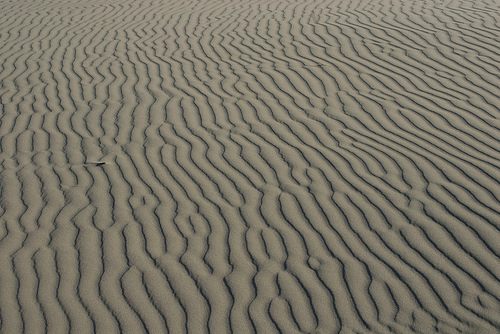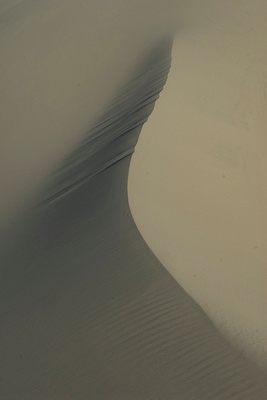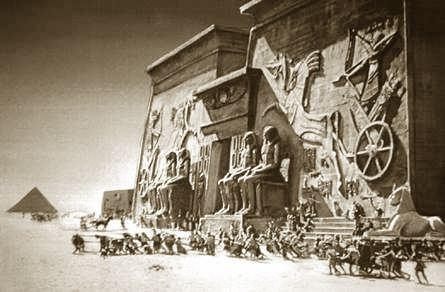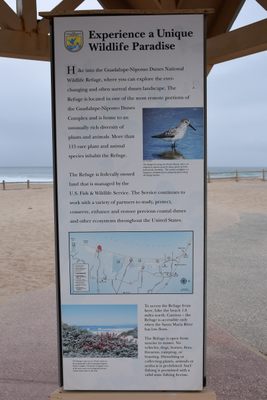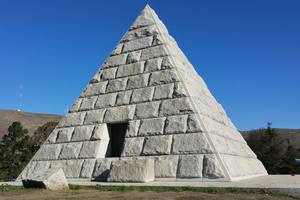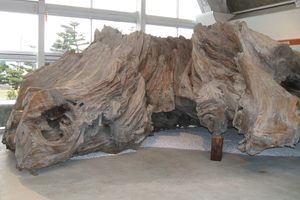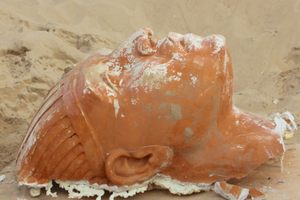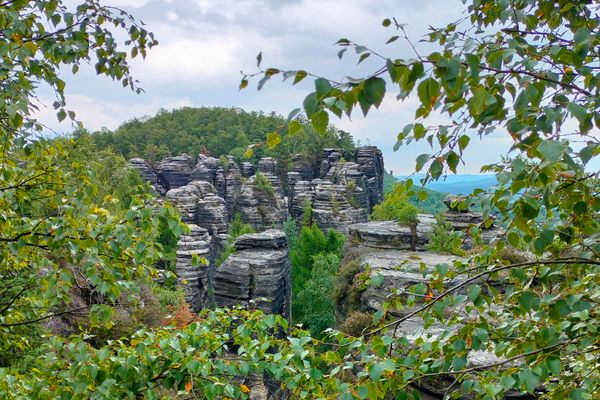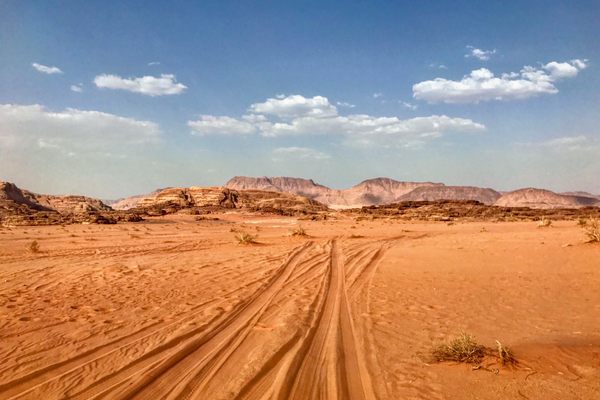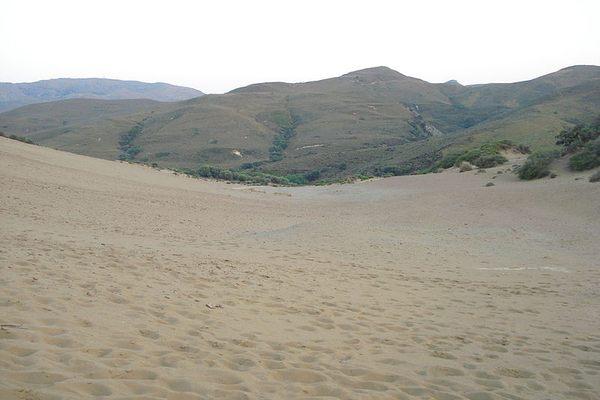About
The Guadalupe-Nipomo Dunes might be the tallest dunes on the Western coast of the United States, but they are most known for the secret treasure hidden deep beneath its sandy surface.
For almost 90 years the Dunes have hidden a massive bounty of Egyptian relics. Though the bounty includes grand sphinx statues and gold coins, don't expect to find any mummies—all the objects are actually part of the set for Cecil B. Demille's The Ten Commandments, which was filmed and buried on site in 1923.
Hollywood filmmaker DeMille was drawn to the Guadalupe-Nipomo Dunes because of its resemblance to the Sahara desert, and decided that the central California location was the perfect setting to film his silent epic. 1,600 workers were hired to build the extravagant film set, which included a 720-foot long Egyptian palace, 21 five-ton sphinx sculptures, and four pharaoh statues, each over 30 feet high. The set was a massive complex showcasing Hollywood's representation of an ancient Egyptian city. The city even featured a 110-foot tall gate enclosure, complete with recreations of hieroglyphics that had recently been discovered in King Tut's tomb.
Despite being the largest set ever built at the time, DeMille ordered his workers to dismantle and bury the site after its month-long filming had completed. During the 1920s, it was common practice for low-budget production companies to film on abandoned sets, and burying the set was Demille's way of preventing the reuse of his extravagant backdrop.
The movie set laid hidden for 60 years until 1983 when Peter Brosnan, a filmmaker and DeMille fan, set out to unearth the secret bounty. Brosnan and his crew found the "Lost City" after following clues featured in DeMille's autobiography, but lacked the funding for a proper excavation. Though ground-mapping radar have detected at least 12 of the sphinxes, the project has met some formidable challenges. Because the set was made of plaster and has been buried for so long, most of the props have turned into a "blue cheese" consistency and need to sit in hardening preservatives before they are able to be removed. As such, the crew has been seeking excavation funding since the 1980s, and the city remains buried to this day.
The Dunes shift a few feet each year, some times exposing bits of sphinx parts or pharaoh fragments. The Guadalupe-Nipomo Dunes visitor center showcases a few of the items that have turned up, including costume pieces and a bottle of cough syrup that was popular during Prohibition. A few pieces are also on exhibit at the local auto parts store, where the owner, John Perry, gives visitors directions to the exact site of the remains.
DeMille's production crew were not the only creative people to inhabit the Dunes. During the Great Depression -- just a decade after the Egyptian cinematic city was buried—the Dunes became home to a group of "mystics, nudists, artists, writers and hermits" known as the Dunites. The Dunites believed that the area was a center of creative energy, and named their tiny utopia "Moy Mel," meaning "Pastures of Honey" in ancient Gaelic. They survived off Pismo clams and lived rent-free in driftwood shacks and makeshift shelters, where they created books, poetry and a magazine called "The Dune Forum."
Despite being considered "far-out and weird" by the locals, the Dunites held relationships with some of the great artists of their time. The group held ties to avant-garde musician, John Cage, and The Dune Forum featured contributions from photographers such as Ansel Adams. Famous astrologer and gay rights activist Gavin Arthur, grandson of U.S. president Chester A. Arthur, was also leader of the Dunite movement for some time. The group dismantled in the 1940s, and their history almost faded into oblivion until historian Norm Hammond chronicled their existence in his 1992 book, "The Dunites."
Related Tags
Know Before You Go
The Dunes Center will provide a free printed map to the various viewing locations of the dunes.Rancho Guadalupe Dunes Preserve: take West Main Street (Hwy 166) west from Guadalupe. The park entrance is just a few miles down the road. Note that trails at the parking lot are cordoned off to protect wildlife. Other parts of the reserve can be reached after a 1.8 mile walk along the beach.
Published
September 12, 2016
